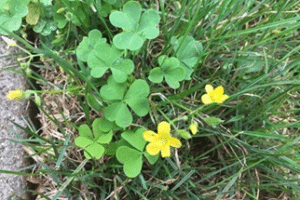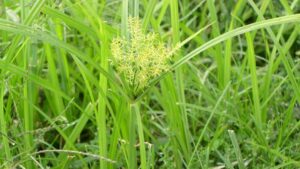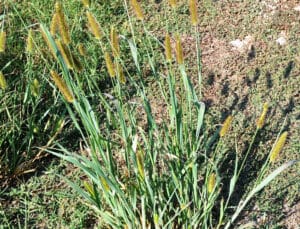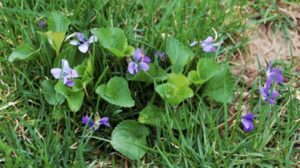Hypericum kalmianum ‘Blue Velvet’
Description
The St John’s Wort takes low maintenance to a whole new level because after it’s planted it won’t need any attention. It’s drought tolerant, heat resistant, cold hardy, and pest resistant. Nothing stops this plant from thriving, we’ve even seen it come back after being mowed over.
For centuries the St John’s Wort has been cultivated for its believed healing properties. The ancient Greeks collected it to ward off evil spirits and it was annually collected on the eve of St John’s day to chase away evil with its bright healing colors.
Today the healing properties are found in the blooms in leaves because their oil provides relief from various skin conditions. The flowers also serve as an anti-inflammatory. Pick a few leaves and blooms and toss them in a salad for all-natural pain relief.
The St John’s Wort is a vibrant flowering shrub that has been popular for centuries due to its radiant yellow blooms and ability to grow anywhere, even in poor, dry soils. By planting a St John’s Wort you will be adding three months of vibrant color to your landscape. In the early summer the St John’s Wort erupts with tons of large, bright yellow blossoms that last until August.
For a smaller shrub that only gets to about 3 feet tall, and two feet wide the St John’s wort has big color that can fit anywhere. It’s perfect for lining borders or driveways in smaller areas where larger shrubs would take over.
Planting
Watering
Fertilizing
Pruning
Pollination
| Growing Information | |
| Mature Height: | 2-3 ft |
| Mature Width: | 1-2 ft |
| Sunlight: | Full to Partial Sun |
| Bloom Time: | |
| Growth Rate: | Moderate |
| Grows Well in Zones: | 5-10 |
| Your Growing Zone: | 6 |





